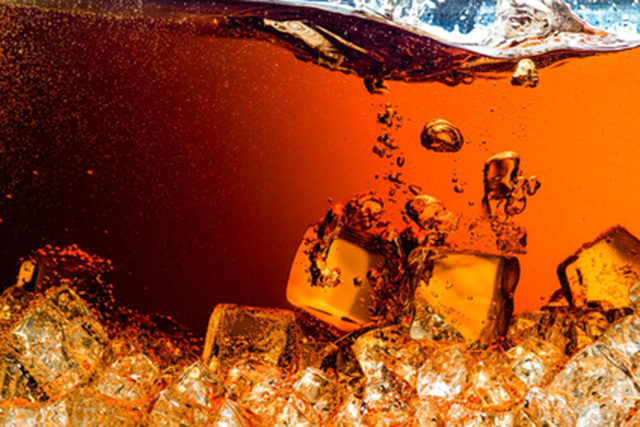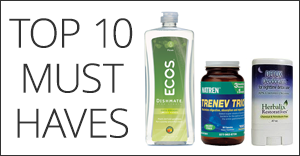Soda has been shown to increase weight gain, and the high fructose corn syrup and aspartame have both shown detrimental health effects.
New research from Consumer Reports now shows that soda is linked to cancer.
The chemical in soda that has shown possible cancer-causing effects is called 4-methylimidazole (4-MeI), which is the caramel color that turns soda brown.
As stated in Consumer Reports: “Every day, more than half of Americans between the ages of 6 and 64 typically drink soda in amounts that could expose them to enough 4-MeI to increase their cancer risk, according to a new analysis of national soda consumption conducted by scientists at Consumer Reports and the Center for a Livable Future at the Johns Hopkins Bloomberg School of Public Health.”
The new Consumer Reports study follows a previous study in which they analyzed the levels of 4-Mel in soda. They found a range of 3.4 to 352.5 micrograms (mcg) of 4-Mel per 12-ounce bottle or can. The FDA does not currently have a limit on 4-Mel levels in food or drink, but the state of California requires label warnings stating that the product may cause cancer if it exposes consumers to 29 mcg of 4-MeI per day.
In the latest Consumer Reports research, they set out to clear the debate over the amount of soda Americans consume per day. They estimated soda consumption rates based on data from the National Health and Nutrition Examination Survey (NHANES), and also estimated cancer risk from drinking soda.
The researchers found that the average daily U.S. soda intake ranges from one 12-ounce can to nearly 2.5 cans a day. About one-third of children from ages 3 to 5 drink about two-thirds of a can per day. The biggest consumer group of soda is people from ages 16-44, who consume up to three cans a day.
“The findings of this comprehensive study have scientific, policy, and legal implications for calculating cancer risk and establishing limits for 4-MeI in food,” says Urvashi Rangan, Ph.D., toxicologist and executive director of Consumer Reports’ Food Safety & Sustainability Center.
Consumer Reports states that there will be “between 76 and 5,000 cases of cancer in the U.S. over the next 70 years from 4-MeI exposure alone.”
“We don’t think any food additive, particularly one that’s only purpose is to color food brown, should elevate people’s cancer risk,” says Rangan. “Ideally, 4-MeI should not be added to food.”
The study showing that soda is linked to cancer was published in the journal Plos One.
Note: None of the information in our website is intended to diagnose, treat, cure or prevent any illness or disease. The content on our website is for educational purposes only.
DON’T FORGET to sign up for our weekly newsletter to get our latest articles, updates, free recipes and giveaways.
For aspartame the sweet and silent killer.
For a list of products containing sucralose.
Diet soda makes you fat.
For the dangers of high fructose corn syrup.
REFERENCES:
1. “Another Reason to Cut Back On Soda.” Consumer Reports. Consumer Reports, 18 Feb. 2015. Web. 15 Apr. 2015.
2. “Caramel Color in Soft Drinks and Exposure to 4-Methylimidazole: A Quantitative Risk Assessment.” Plos One. Plos One, 18 Feb. 2015. Web. 15 Apr. 2015.

















